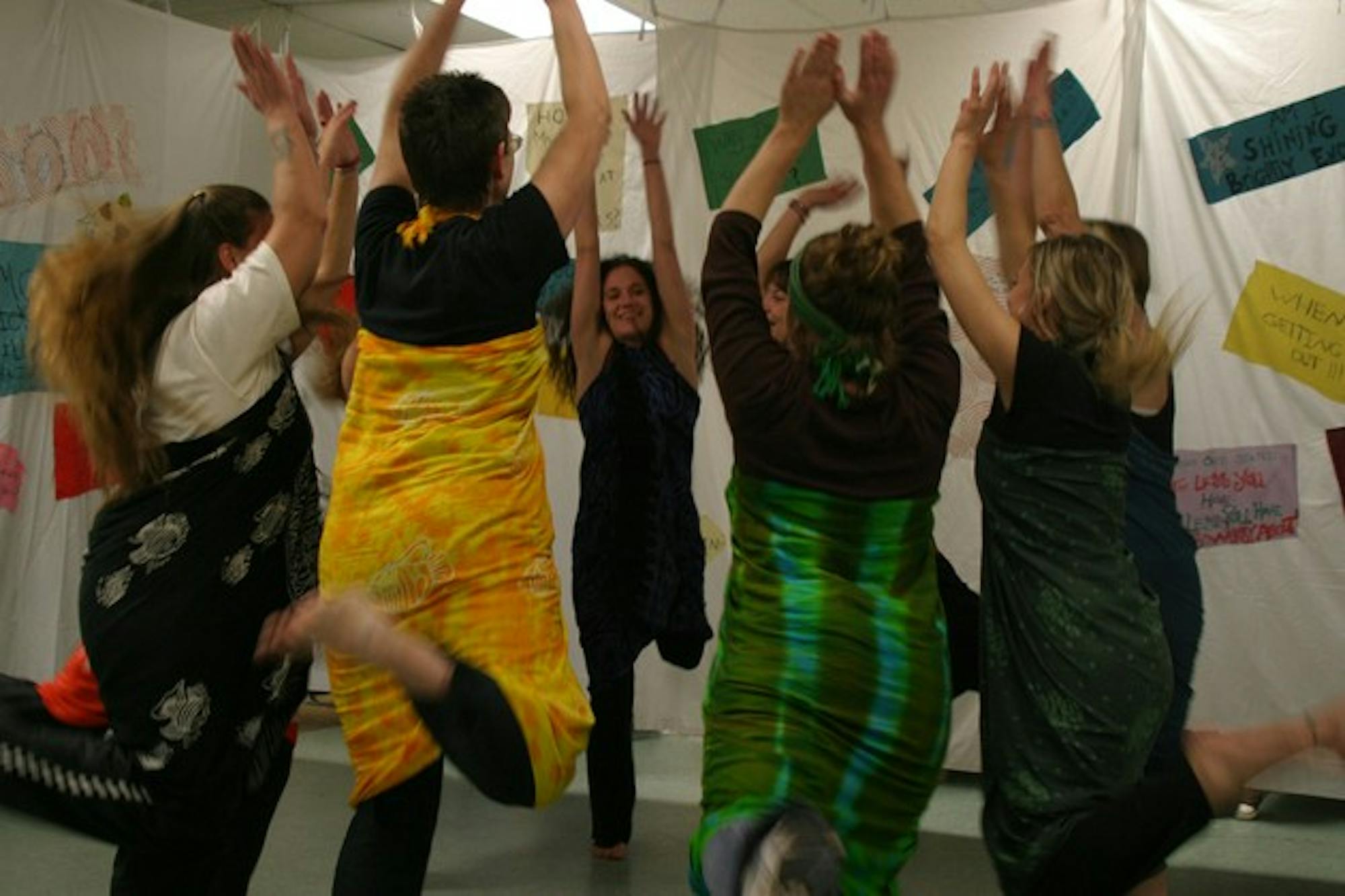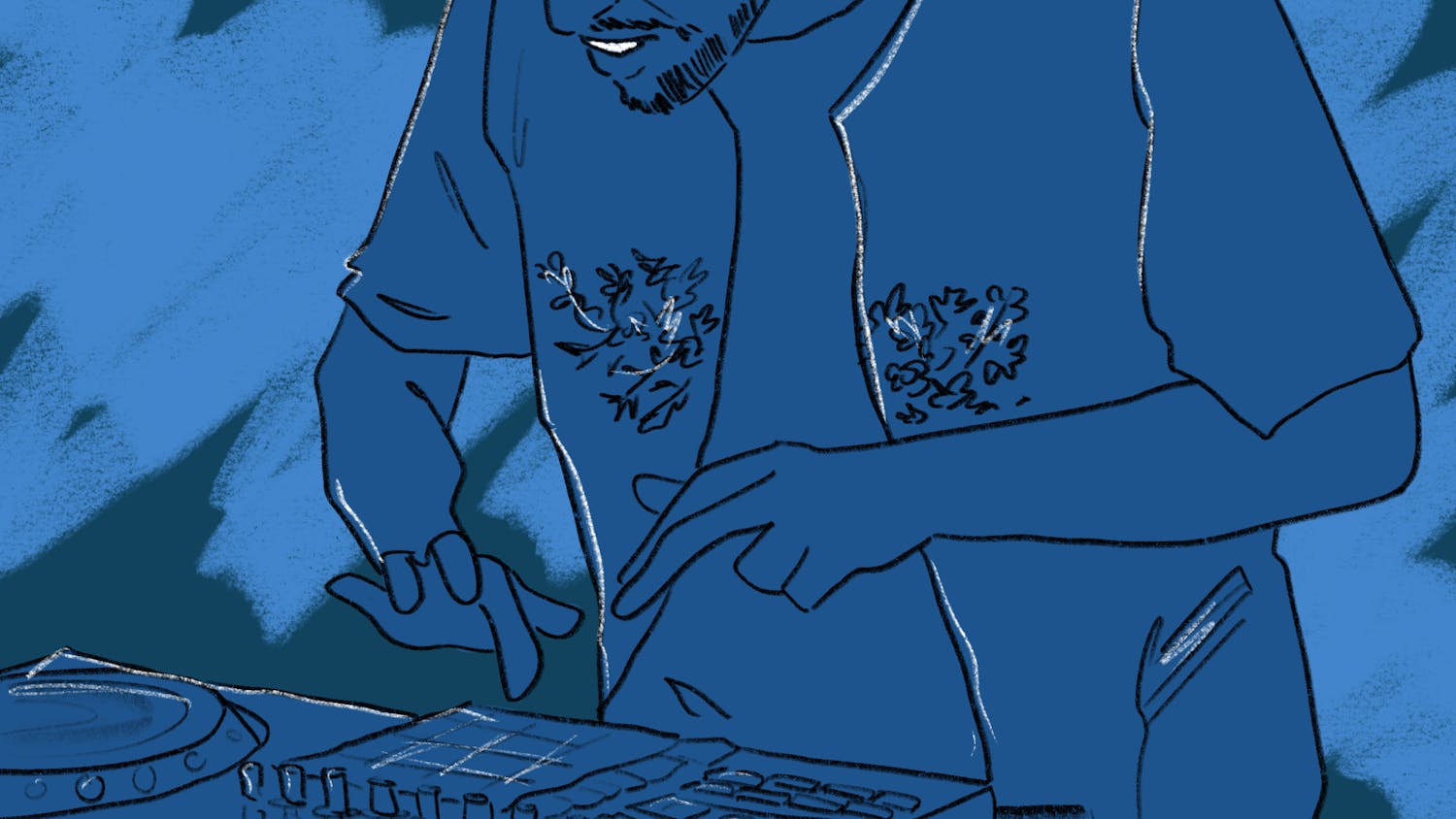Perhaps you think of orange jumpsuits, or maybe you prefer the black-and-white striped variety. You may think of barbed-wire fences withholding menacing criminals from the world, or cold cells enclosed by metal bars. Whatever it is that comes to mind when you think of prison, though, last Thursday's performance of "Telling My Story" at the Southeast State Correctional Facility in Windsor, Vt., asked you to check it at the door.
A collaborative effort between Dartmouth undergraduates, students of the Masters of Liberal Studies (MALS) program and the inmates of the women's prison, "Telling My Story" was the product of the service-learning course co-taught by Professor Ivy Schweitzer and Pati Hernandez, who's currently an adjunct professor at the College and founder of the Prison Theatre concept. The course, entitled "Inside Out: Prison, Women and Performance," involved weekly visits to Windsor to create the skits that made up the play.
I had all the traditional preconceived notions going into the prison last Thursday, but upon entering the facility I immediately doubted all I had been thinking. The prison looked like a farm, not the intimidating structure I had envisioned. When I got inside and sat down with Professor Schweitzer, she challenged me to differentiate prisoners from students in her class. The truth of the matter was that, although a few of the inmates stuck out, I could have easily mistaken students for prisoners and vice versa. I knew then that this would not be the experience I had foreseen.
The performance, entitled "Kaleidoscope," opened with a lively and invigorating tribal dance that set the energy level high. After the opening act, Hernandez came out to introduce the play. She explained that the focus of the program was to enhance self-awareness and communication through theatre. Through the process of creating the skits, the students sought to facilitate the voice of the women, and the women looked to find and express their individual voices as well as the group's voice as a whole.
The skits came next, reflecting on the themes of passion, power, temptation, guilt, hope, change, fear and freedom, ideas to which all the actors could relate. The scenes involved little in terms of scenery or props, but the minimalist approach allowed the messages behind the dialogues to remain in focus. Each scene took place in front of the "Talking Wall," sheets with artistic messages attached that had provided a creative outlet for the students and prisoners throughout the creative process. The plays spoke of incredible loss, debilitating fears and hopes for the future. As they progressed, the near insignificance of the gap between performers in prison and those on the outside became clear.
The emotion of the room during the skits, however, came nowhere near that of the testimonials each of the 25 performers had to share. Some reflected on their experience with "Inside Out," others discussed the lousy hand life had dealt them and still others spoke of their desire to actively make their lives better and the world a better place. Despite the explicit variations, common elements of despair, anger, hope, fear, thankfulness and growth emerged.
As I witnessed this bearing of souls, I was brought to the verge of tears by the way in which those 25 women completely let down their guards. I saw a deep communion amongst the women and felt honored to be accepted into their circle by the way in which they shared that bond with the audience. Once again, inmates were difficult to differentiate from students unless the testimonial contained blatant statements like "my experience in prison has taught me..." or "the women at the prison have shown me..."
The program closed with a productive dialogue between audience members and performers. Prisoners asked for acceptance in society and removal of stereotypes as well as some understanding about where they came from and where they were going. They expressed concerns about the lack of information surrounding groups devoted to helping released inmates get back on their feet.
Through the dialogue, the unity of the students and inmates became even more apparent. By working together to prepare, they had developed bonds that transcended their roots. No longer did they differentiate themselves based on who was in prison and who was not.
As class member Ariela Anhalt '11 said, "It was weird at the end talking about Dartmouth people and people at the facility because I feel like we're all one group."
Anhalt's sentiments reflect the greater purpose of the plays. Schweitzer has ambitions of eventually making the course valid for credit towards GEDs or college education for the inmates, but for now, an important outlet of expression and understanding has been offered to prisoners and students alike.




